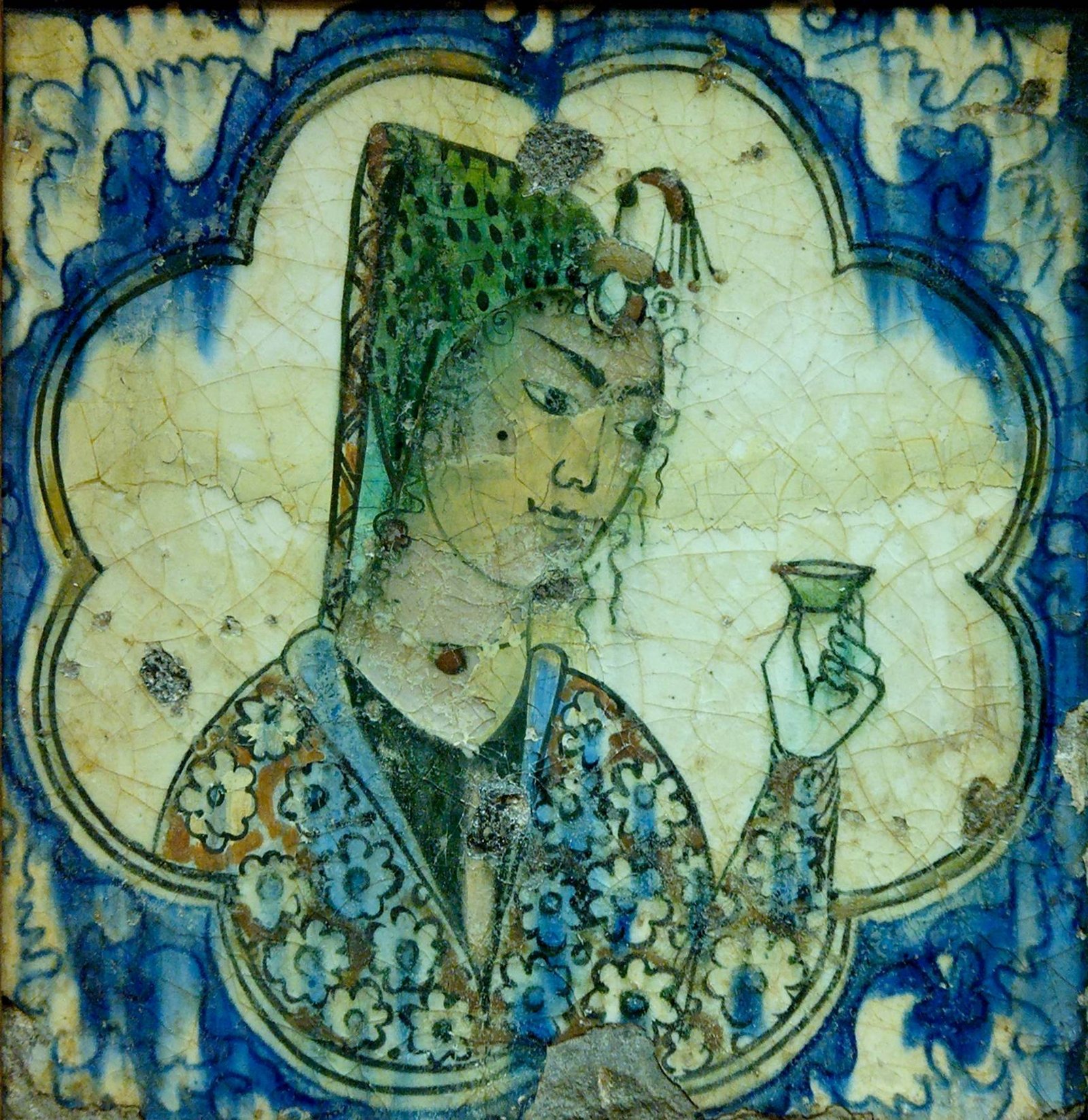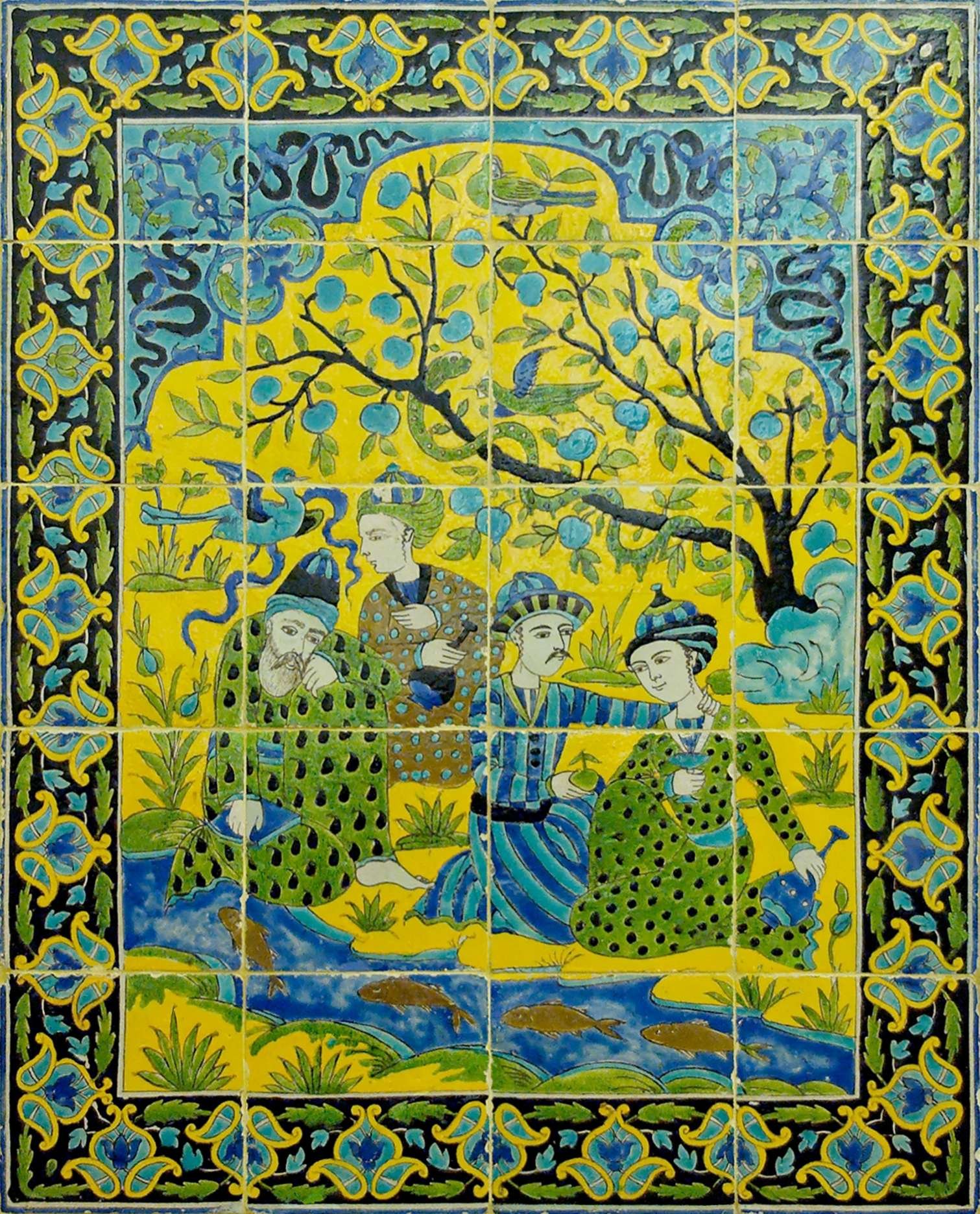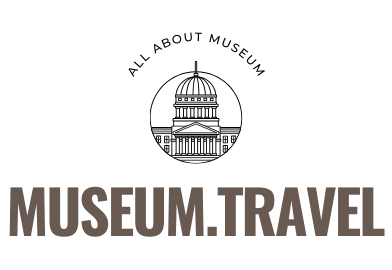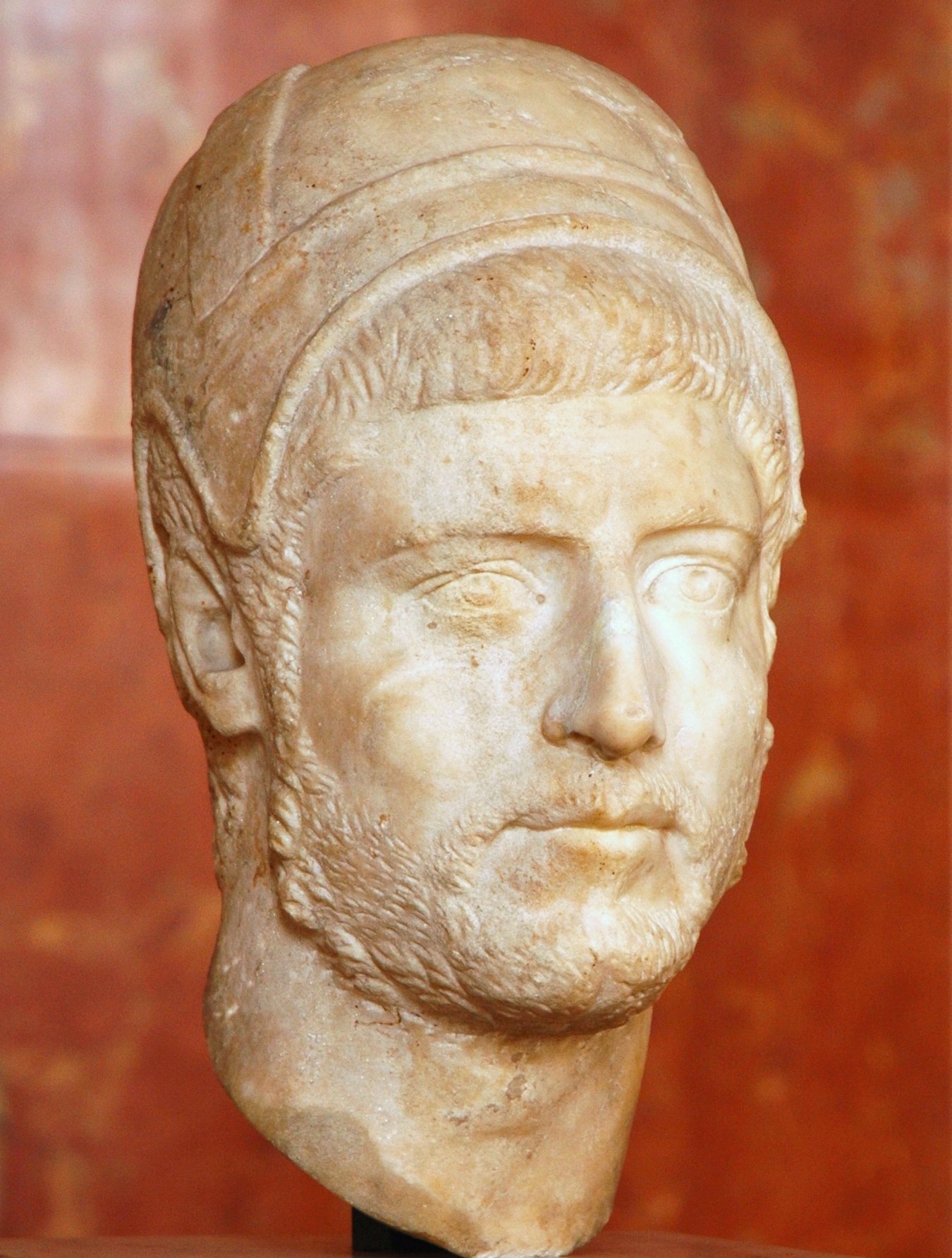The Louvre Museum birds eye view offers a breathtaking perspective of the world’s largest art museum and historic monument in Paris, France. This aerial vantage point showcases the museum’s iconic glass pyramid, expansive courtyards, and intricate architectural details. Capturing this view requires careful planning, considering factors such as location, timing, and equipment. This guide explores the best ways to experience and photograph the Louvre from above, providing insights for both amateur enthusiasts and professional photographers.
What Are the Best Locations for Capturing a Louvre Museum Birds Eye View?

To capture a stunning birds eye view of the Louvre Museum, several strategic locations offer excellent vantage points:
- Aerial Platforms:
- Helicopter tours (with special permissions)
- Drones (subject to strict regulations)
-
Hot air balloons (seasonal availability)
-
Nearby Buildings:
- Galeries Lafayette rooftop
- Printemps department store terrace
-
Centre Pompidou viewing deck
-
Parisian Landmarks:
- Eiffel Tower observation decks
- Arc de Triomphe rooftop
- Montparnasse Tower Panoramic Observation Deck
Each location offers a unique perspective of the Louvre and its surroundings, allowing photographers to capture the museum’s grandeur in the context of Paris’s cityscape.
When Is the Optimal Time to Photograph the Louvre from Above?

Timing is crucial when aiming for the perfect Louvre Museum birds eye view. Consider the following factors:
- Golden Hour: Just after sunrise or before sunset for warm, soft lighting
- Blue Hour: Shortly before sunrise or after sunset for a magical twilight ambiance
- Seasonal Considerations:
- Spring: Blooming gardens and moderate crowds
- Summer: Long daylight hours but peak tourist season
- Autumn: Beautiful foliage and fewer tourists
- Winter: Potential for snow-covered scenes but shorter days
| Season | Pros | Cons |
|---|---|---|
| Spring | Blooming gardens, moderate weather | Occasional rain showers |
| Summer | Long daylight hours, clear skies | Peak tourist season, potential heatwaves |
| Autumn | Beautiful foliage, fewer tourists | Unpredictable weather |
| Winter | Potential snow scenes, festive atmosphere | Short daylight hours, cold temperatures |
What Equipment Is Essential for Capturing a Louvre Museum Birds Eye View?
To capture a stunning birds eye view of the Louvre Museum, you’ll need the right equipment:
- Camera:
- DSLR or mirrorless camera with high resolution
- Wide-angle lens for expansive views
-
Telephoto lens for detailed shots
-
Stabilization:
- Tripod for steady shots from buildings or platforms
-
Gimbal for smooth footage if using a drone
-
Accessories:
- ND filters to manage bright daylight
- Remote shutter release for shake-free images
-
Extra batteries and memory cards
-
Specialized Equipment:
- Drone (if permitted) with high-quality camera
- Binoculars for scouting compositions
Remember to check local regulations regarding photography equipment, especially for drones or professional-grade cameras in certain locations.
How Can You Obtain Necessary Permits for Aerial Photography of the Louvre?
Capturing a Louvre Museum birds eye view often requires special permissions:
- Drone Photography:
- Apply for a permit from the French Civil Aviation Authority (DGAC)
- Submit flight plans and adhere to no-fly zones
-
Obtain written permission from the Louvre Museum administration
-
Commercial Photography:
- Contact the Louvre’s press office for commercial shooting permits
-
Provide details of your project, intended use, and equipment
-
Rooftop Access:
- Some buildings may require advance reservations or special access passes
-
Check with individual locations for their specific requirements
-
Public Spaces:
- Generally allowed without permits for personal use
- Commercial shoots may require city permits
Always respect local laws and regulations to ensure a smooth and legal photography experience.
What Are the Challenges in Capturing a Louvre Museum Birds Eye View?
Photographing the Louvre from above presents several challenges:
- Weather Conditions:
- Unpredictable Parisian weather can affect visibility
-
Wind can impact drone stability and image sharpness
-
Crowded Vantage Points:
- Popular viewing platforms may be busy, limiting tripod use
-
Patience required to wait for clear shots without people
-
Lighting Variations:
- Changing sunlight throughout the day affects shadows and reflections
-
Glass pyramid can create glare in certain conditions
-
Restricted Access:
- Some ideal vantage points may be off-limits or require special permissions
-
Drone regulations limit flight areas and altitudes
-
Technical Difficulties:
- Long-range shots may require specialized lenses
- Maintaining focus and sharpness at a distance can be challenging
Overcoming these challenges requires planning, patience, and sometimes creative problem-solving.
How Can You Enhance Your Louvre Museum Birds Eye View Photos?
To create stunning aerial images of the Louvre, consider these enhancement techniques:
- Composition Techniques:
- Use leading lines from the museum’s architecture
- Incorporate the surrounding cityscape for context
-
Experiment with symmetry and patterns
-
Post-Processing:
- Adjust contrast to enhance architectural details
- Correct lens distortion for straight lines
-
Use selective color adjustments to make the Louvre stand out
-
HDR Photography:
- Capture multiple exposures to balance bright skies and shadowed areas
-
Blend exposures for a dynamic range that mimics human vision
-
Panoramic Stitching:
- Create ultra-wide views by stitching multiple images
-
Showcase the Louvre in its full Parisian context
-
Time-Lapse or Hyperlapse:
- Capture the changing light and activity around the museum
- Create dynamic videos showcasing the Louvre over time
By applying these techniques, you can transform a simple snapshot into a captivating work of art that truly showcases the Louvre’s magnificence from above.
What Are the Best Times of Year for a Louvre Museum Birds Eye View?
Each season offers unique opportunities for capturing the Louvre from above:
- Spring (March to May):
- Blooming gardens in the Tuileries
- Moderate temperatures ideal for outdoor photography
-
Longer daylight hours beginning to emerge
-
Summer (June to August):
- Vibrant activity in and around the museum
- Long daylight hours for extended shooting times
-
Clear skies often provide excellent visibility
-
Autumn (September to November):
- Beautiful foliage in surrounding parks
- Softer light creating warm tones
-
Fewer tourists for cleaner shots
-
Winter (December to February):
- Potential for snow-covered scenes
- Festive decorations adding interest
- Crisp, clear days offering excellent visibility
Consider your preferred aesthetic and shooting conditions when choosing the best time for your Louvre Museum birds eye view experience.
How Can You Incorporate the Louvre’s Surroundings in a Birds Eye View?
A comprehensive birds eye view of the Louvre should include its iconic surroundings:
- Tuileries Garden:
- Capture the geometric patterns of the landscaping
-
Showcase the contrast between green spaces and architecture
-
Seine River:
- Include the river’s curve to add flow to your composition
-
Highlight bridges connecting the Left and Right Banks
-
Nearby Landmarks:
- Frame the Louvre with views of the Eiffel Tower or Notre-Dame
-
Include the Palais-Royal or Place de la Concorde for context
-
Parisian Rooftops:
- Incorporate the distinctive Haussmann-style buildings
-
Use the city’s skyline to create depth in your images
-
Street Layout:
- Capture the radial street design emanating from the Louvre
- Highlight the museum’s central position in Paris’s urban plan
By including these elements, your Louvre Museum birds eye view will tell a more complete story of the museum’s place in Paris’s landscape.
In conclusion, capturing a Louvre Museum birds eye view is a rewarding challenge that offers unique perspectives on this iconic landmark. With careful planning, the right equipment, and an understanding of the best vantage points and times, photographers can create stunning images that showcase the Louvre’s beauty and its place in the heart of Paris. Whether you’re using a drone, accessing a high vantage point, or photographing from a nearby landmark, the birds eye view of the Louvre promises to be a memorable and awe-inspiring experience.
References:
1. IStockPhoto – Aerial Views of Paris
2. Alamy – Louvre Museum Aerial Photos
3. Life.com – Historical Aerial Views of Paris
4. French Civil Aviation Authority (DGAC) – Drone Regulations
5. Louvre Museum Official Website – Photography Guidelines

